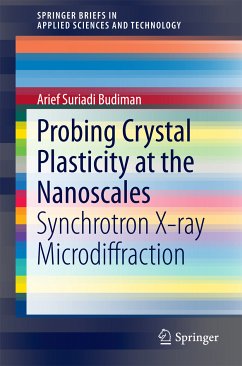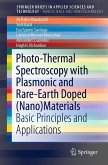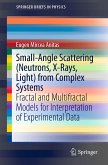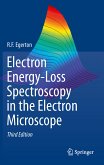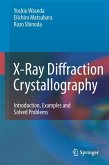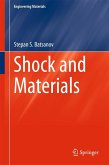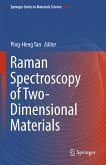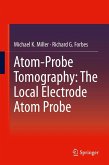When crystalline materials are mechanically deformed in small volumes, higher stresses are needed for plastic flow. This has been called the "Smaller is Stronger" phenomenon and has been widely observed. studies suggest that plasticity in one case is indeed controlled by the GNDs (strain gradient hardening), whereas in the other, plasticity is not controlled by strain gradients or sub-structure hardening, but rather by dislocation source starvation, wherein smaller volumes are stronger because fewer sources of dislocations are available (dislocation starvation hardening).
Dieser Download kann aus rechtlichen Gründen nur mit Rechnungsadresse in A, B, BG, CY, CZ, D, DK, EW, E, FIN, F, GR, HR, H, IRL, I, LT, L, LR, M, NL, PL, P, R, S, SLO, SK ausgeliefert werden.

